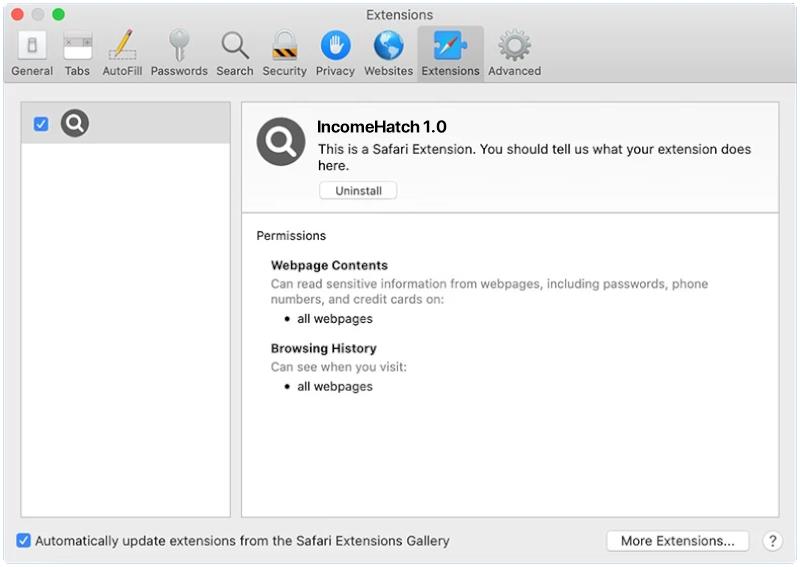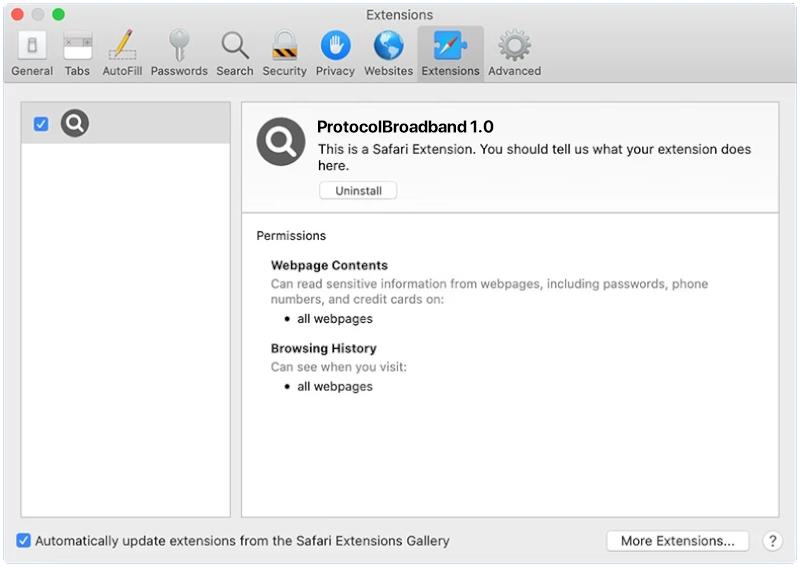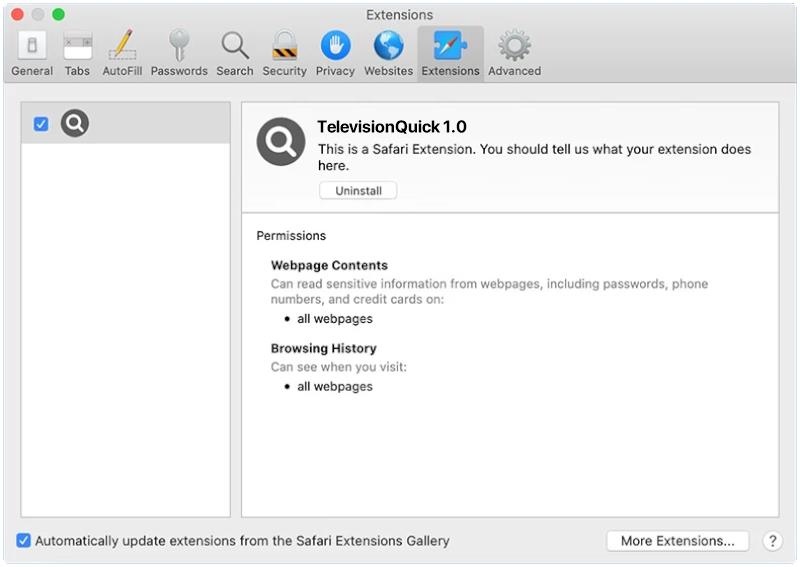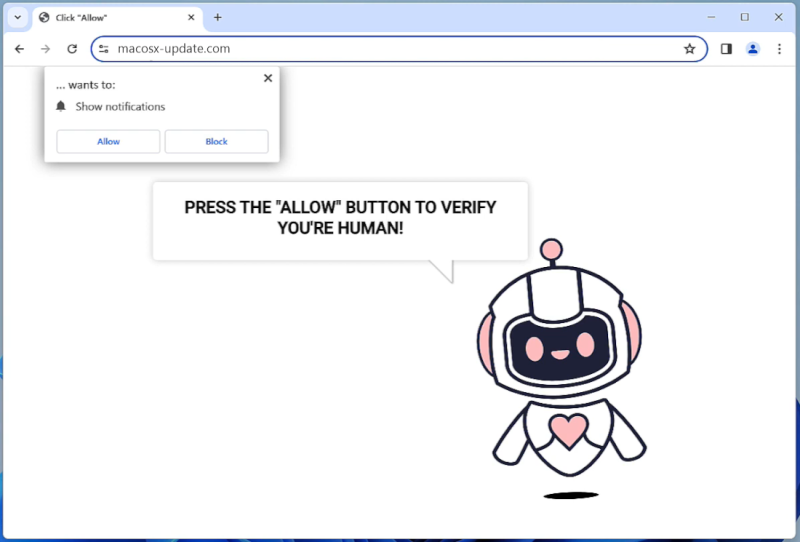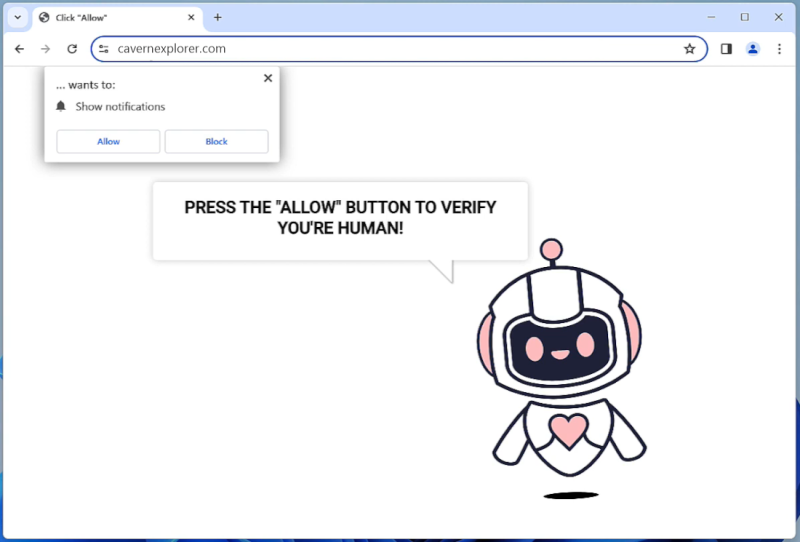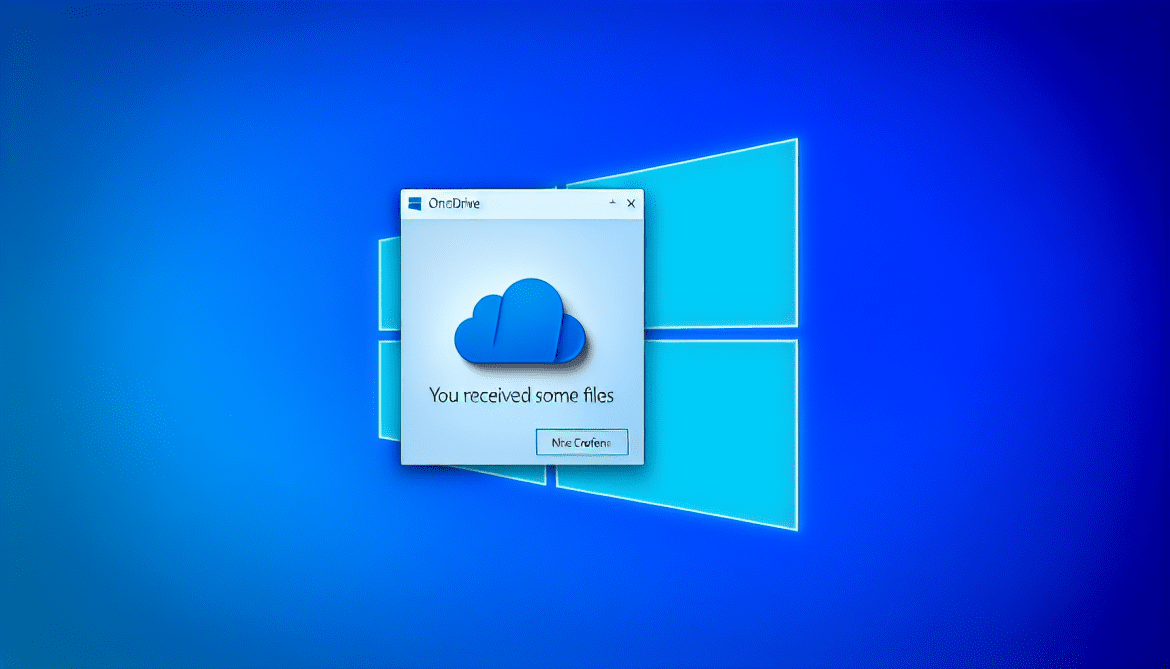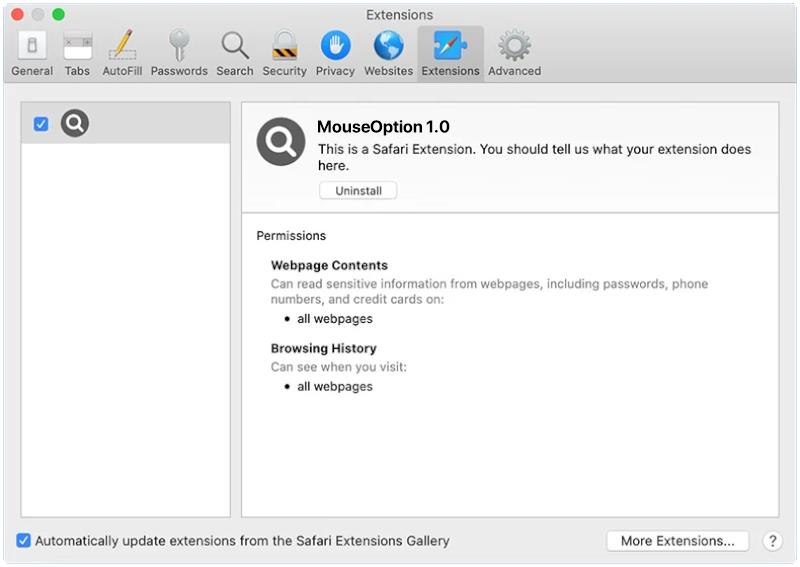IncomeHatch is a type of malware that specifically targets Mac computers. It is categorized as an adware program that aims to generate revenue for its developers by displaying unwanted advertisements to users. Once infected, IncomeHatch starts to display pop-up ads, banners, and sponsored links on the affected Mac, often within the user’s web browser.
IncomeHatch typically infiltrates Mac computers through deceptive techniques such as software bundling or fake software updates. It may be bundled with legitimate software that users download from unreliable sources. Alternatively, users may be tricked into clicking on fake update notifications that actually install the malware onto their system. Once installed, IncomeHatch modifies the browser settings, injects its own advertising content, and tracks the user’s browsing activity to deliver targeted advertisements. The malware can be challenging to remove, as it often employs techniques to evade detection and removal by security software.

